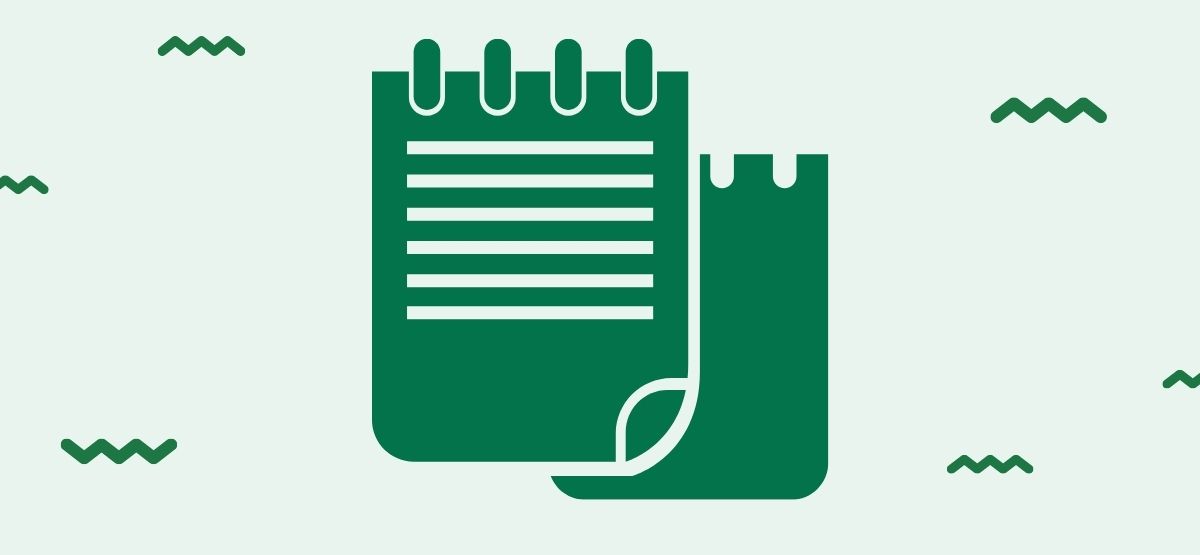Quick Links
What exactly is "plain text?" And what's the difference between plain text and other types of text? Read on to find out what plain text is and what it's used for.
Plain Text
To put it simply, plain text is any text that isn't formatted. It does not take any special formatting, such as varying fonts, font sizes, bold font, or italics. It also only contains standard characters, which are those found in the default set of characters that an application can display. It can also refer to a document that only contains these unformatted characters.
Where Can You Find Plain Text?
Plain text files are often made by the most basic text file format, which takes on the ".txt" extension. These files are often created and edited by Notepad, the text editor found on every Windows device, or by another text editor. However, text files can be opened by virtually any document or text editor, including more powerful applications such as Notepad++, Wordpad, Microsoft Office, or OpenOffice.
Another place where you can find plain text is input forms in websites and apps. Many social media websites, such as Twitter and Instagram, only let you post captions and tweets as plain text, although there are some exceptions, such as hashtags and emoji. Therefore, you cannot add any additional formatting to these elements. They are automatically formatted according to the standards of the website or app. Older email clients also often have plain text modes, allowing you to send messages in plain text.
Plain Text vs. Rich Text
The opposite of plain text is rich text, which takes on various formatting characteristics that are not found in plain text. Here are the attributes often found in rich text, but not in plain text:
- Font Size and Headings: How large or small the text is and whether it is a "header" element that opens a section or a "paragraph" element that makes up the body.
- Font: Which font it actually is, such as Arial, Calibri, or Times New Roman.
- Color: This is the color of both the text itself and a highlight or background color.
-
Text Attributes: These are attributes normally used to emphasize or accentuate a word or sentence, such as bold, italics, underline, and
strikethrough. - Spacing: This refers to how far apart lines are from each other and how far apart individual letters are from each other in a word.
- Links: Whether a set of letters links to something else, such as a website URL.
Aside from these, document editors also have other types of rich text elements, such as indentation, superscripts and subscripts, mathematical formatting, and columns. When any rich text is converted into plain text, all of these elements become lost.
Rich text is normally constructed in two ways. The first is by using a rich document editor, such as Google Docs or Microsoft Office. The second is by using something called "markup language," which is a simple code used to modify text with certain attributes, which is then displayed to the viewer as formatted text. Examples of markup languages include HTML, XML, and Markdown.
The Benefits of Using Plain Text Files
Many people opt to use plain text rather than rich text for most of their editing. This practice is especially common among programmers and developers, who code in languages constructed with plain text and are used to that environment.
Plain text is simple, easy to read, and can be read and sent to anyone. It also has none of the device or software compatibility issues that come with varying fonts. Those are just some of the reasons why many people use text files over more powerful applications like Word. There is even a large group of people who use plain text for all text editing, from creating grocery lists to typing out full-length novels.
Another important use of plain text files is that they form most of the underlying infrastructure behind files and web pages. For example, ".ini" files used to keep configurations for Windows applications are often stored in a plain text format. This allows you to edit your settings by simply opening them up in Notepad.
Paste as Plain Text
One of the most prominent places where you'll likely encounter the term "plain text" is in the context of the right-click menu in your web browser or document editor, where you can opt to "Paste as Plain Text" whatever is currently stored in your clipboard. Therefore, when you copy the text to a location where rich text can appear, such as in Google Docs, a post browser, or a social media website, it'll be pasted in without its formatting.
This is especially useful when you're copying and pasting content from another website. If you opt to paste it directly, it'll take on the original format of the website, including the font color, font size, and text attributes like bold font or italics. However, when pasted as plain text, it'll take on the formatting of the destination location, whether that involves plain text, bold font, or font of varying colors.



